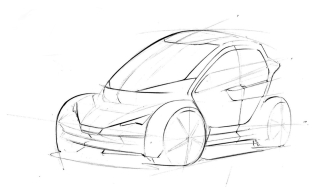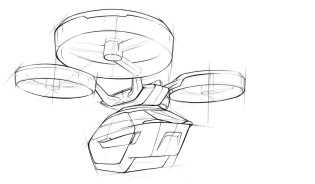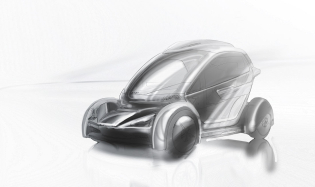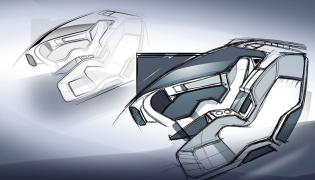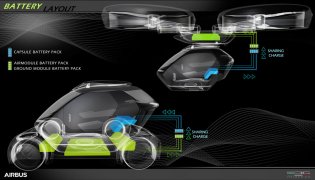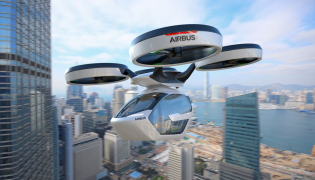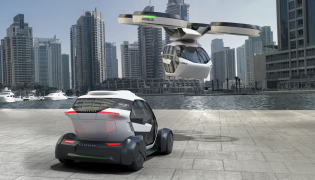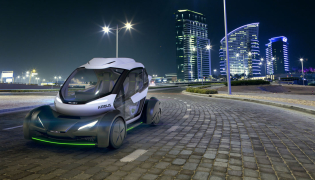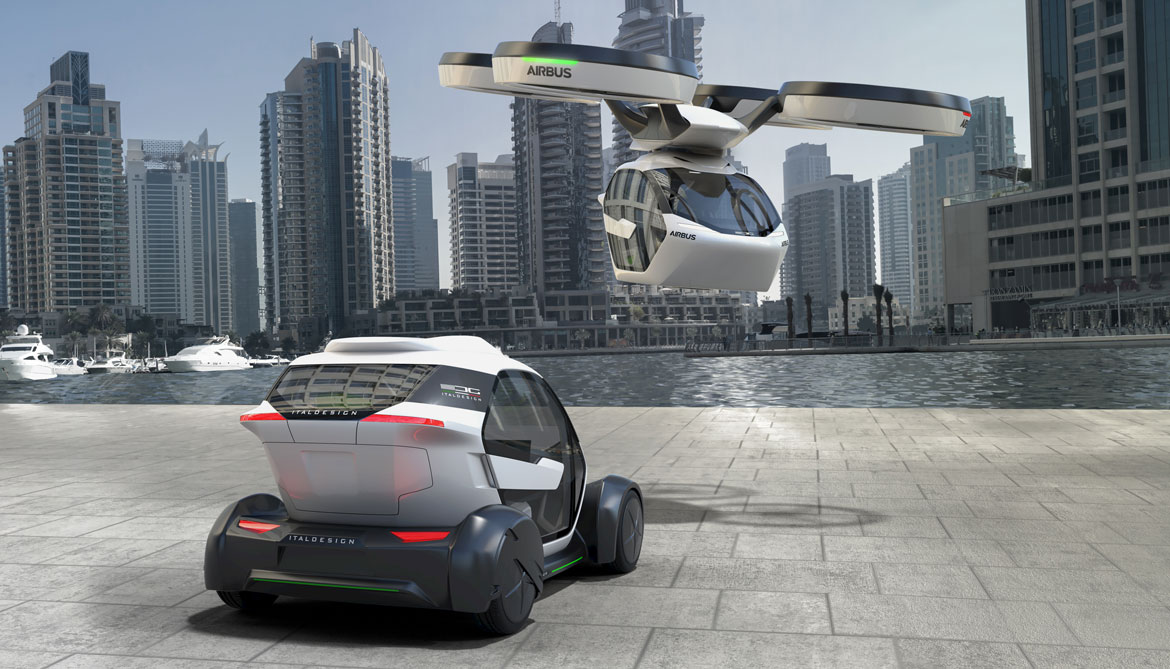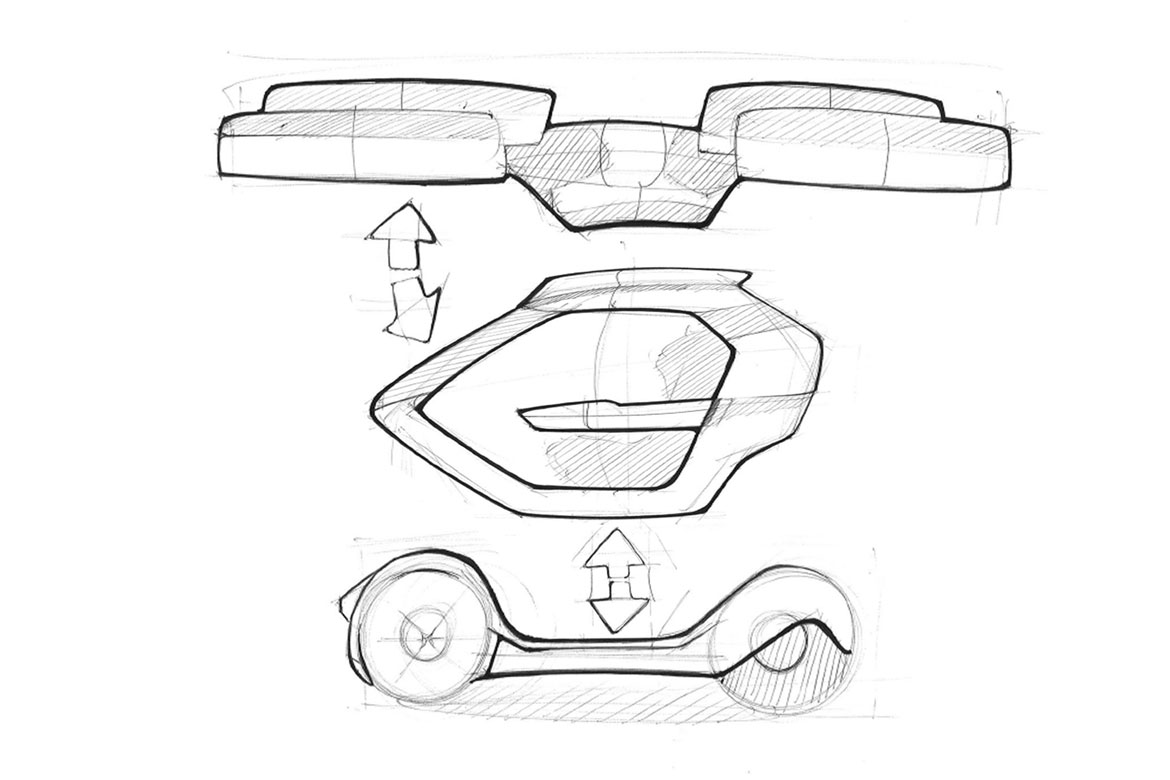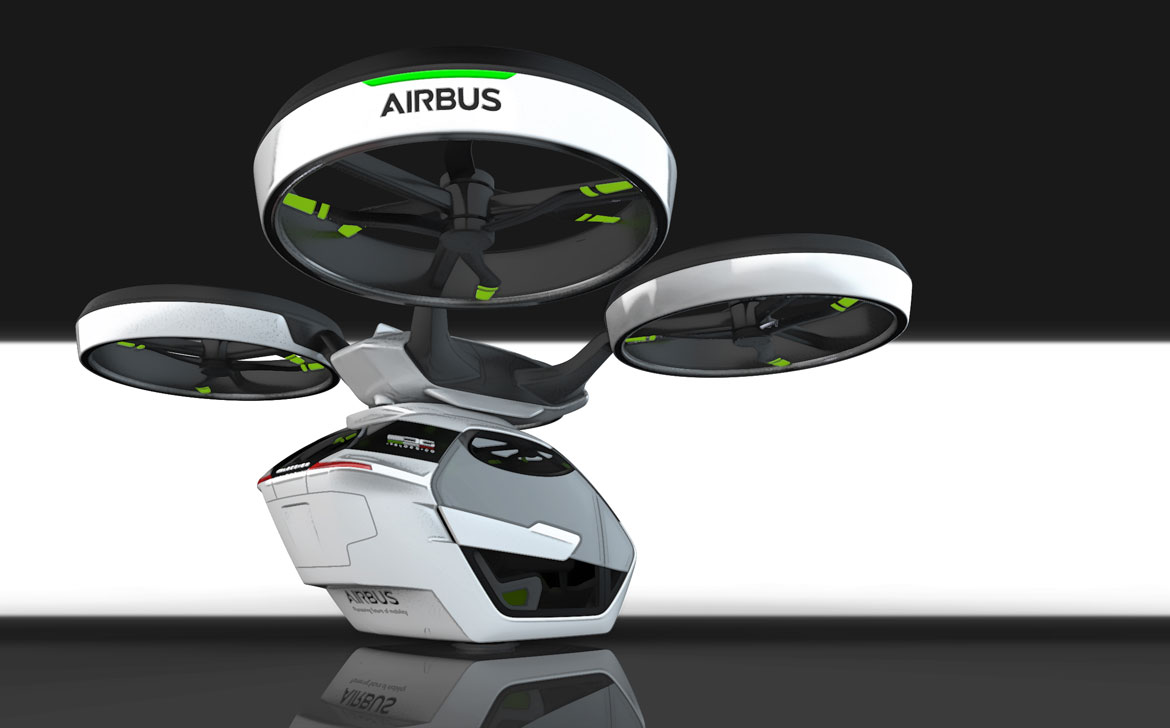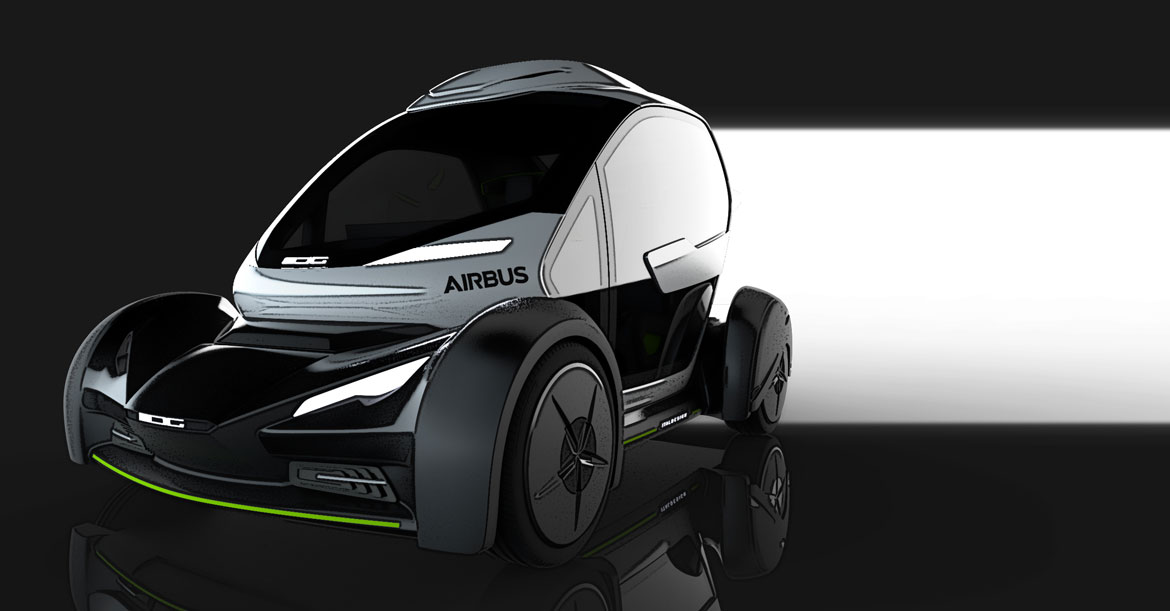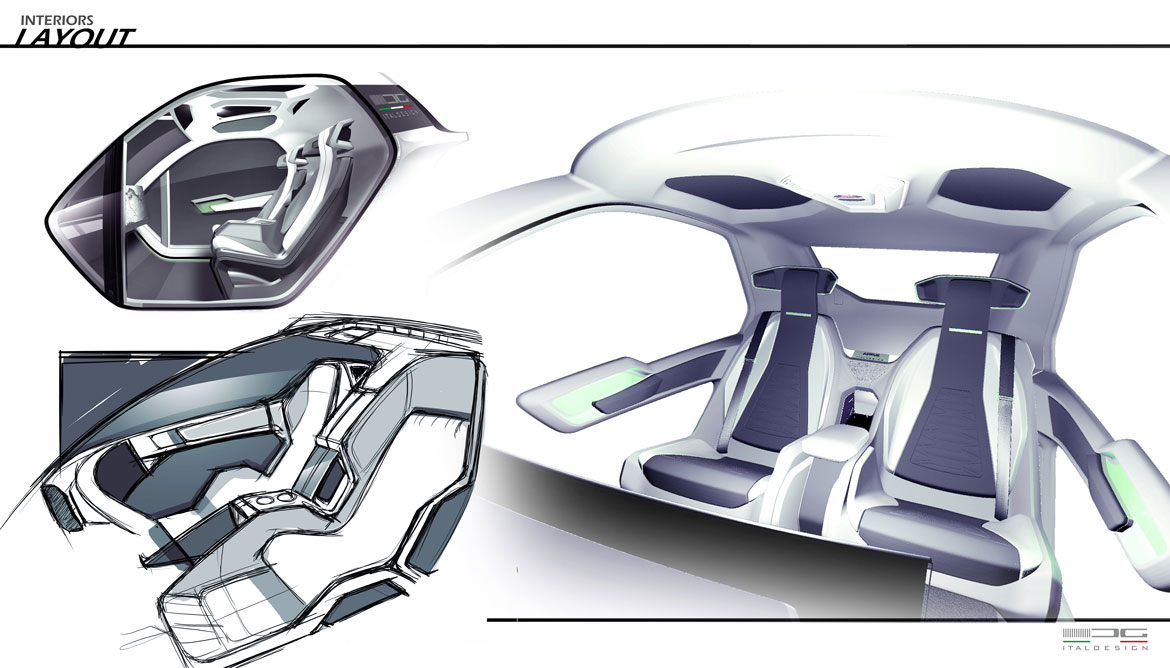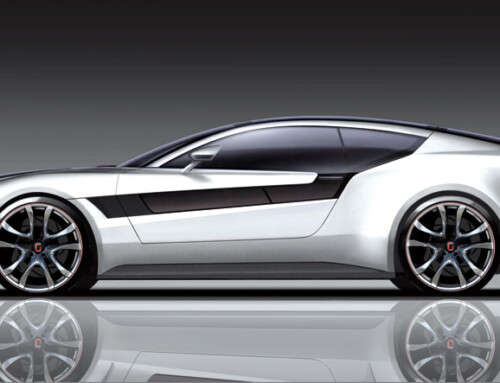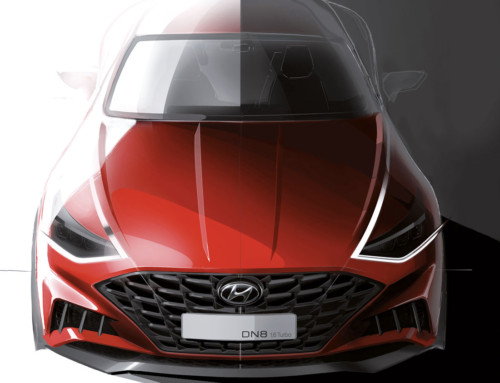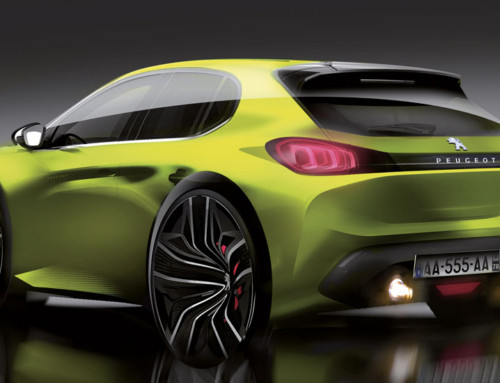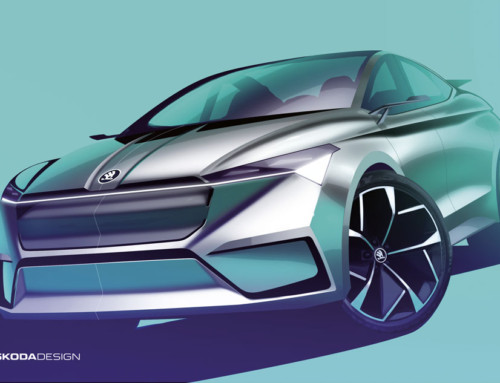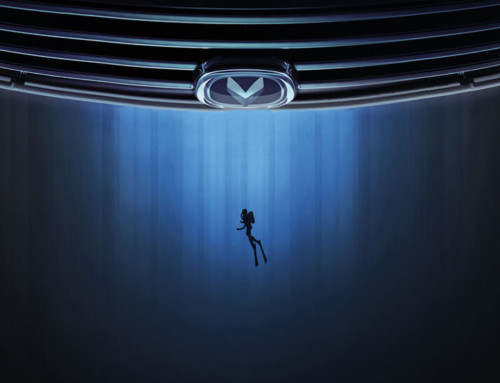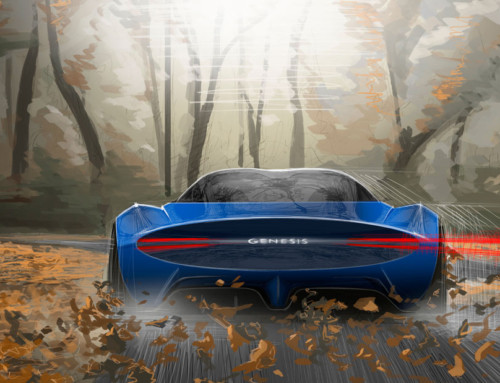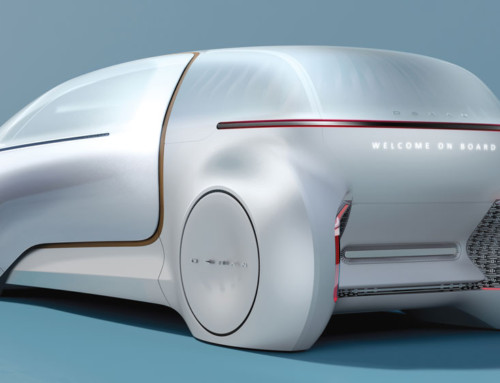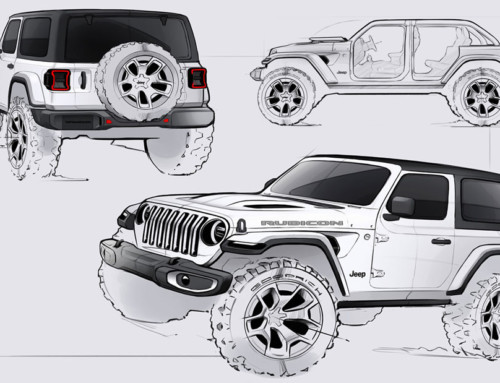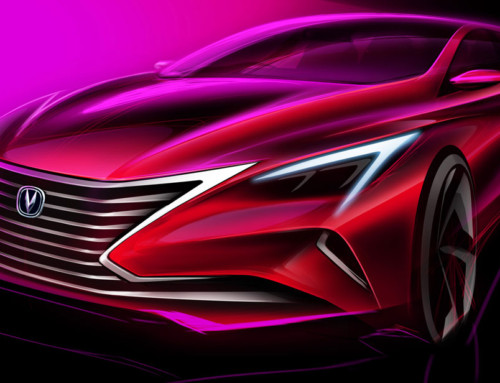The sky as the third dimension of urban mobility. This is not a provocation but one of the many visions of the future of the motor car that are cultivated at Italdesign. So here we have the Pop.Up, a modular, multimodal vehicle designed for shared use in large urban areas, able when necessary to fly over the traffic that paralyses our supercities.
A stone thrown into the pond at the last Geneva Motor Show, displayed alongside another creation signed by Filippo Perini’s design team, the high performance sports coupé Zerouno (see the following pages), an exclusive car made to measure for the customer – and thus at the opposite end of the automotive universe compared to a shared vehicle such as Pop.Up – a demonstration of the breadth of Italdesign’s services in the design and construction of preseries and one-off prototypes.
“The search for avant-garde solutions is deeply rooted in our company’s Dna”, says Jörg Astalosch, Italdesign’s CEO, explaining the reasons behind the project which was based on objective analyses with a top level partner like Airbus. “We did not want a flying supercar – helicopters already serve that purpose – but a vehicle at the service of multiple people, following a process of democratisation: Italdesign has seen the birth of cars like the Panda and the Golf”.
Among the historical projects of the company – founded by Giorgetto Giugiaro and Aldo Mantovani in 1968 and since 2010 under the control of the Volkswagen Group that completed the acquisition two years ago – the Capsula was a futuristic concept that way back in 1982 offered a single motorised platform combined with interchangeable bodies to generate vehicles of the most varied types. The Pop.Up drives this research into modularity even further forward by intercepting other urban transport situations.
The idea of entering the “third dimension” through the aerospace sector originated with Filippo Perini, whose role in Italdesign is, by no means coincidentally, Head of Innovation Design. “The automotive sector is very conservative”, says Perini, “it is essential to involve new partners in research projects”. From talks with Airbus – which “has a holistic approach to mobility and their CEO Tom Enders immediately spotted the potential of this project”, says Astalosch, a partnership was formed to create a passenger capsule able to integrate with different, independent modules, one terrestrial and one airborne, with an electric power unit and autonomous driving.
The result is surprising above all for the aircraft module (measuring 5 x 4.4 metres) which consists of 4+4 contra-rotating rotors, not the commonest sight in a car showroom, designed to hook up and lift the passenger capsule to transport it to its destination by flying in autonomous mode like a drone. More familiar is the “land-based” part, a four-wheeled vehicle consisting of an autonomous drive platform with carbon fibre frame and electric drive, dominated by a two-seater capsule which, however futuristic, shows clear styling references to other Italdesign creations.
“The front pursues the theme of the Zerouno, the tail taps into the GTZero concept presented last year,” Perini points out. The design is not without hexagonal elements, a legacy of his previous experience at the head of Lamborghini design, the determined look of the headlights calls to mind Italdesign’s sports cars, while the side with glazing extending down suggests the Brivido (2012) and Structura (1998) concepts.
The product design team was brought in for the interior; furnishings consist of two seats and a large monitor for interacting with the vehicle. The man-machine interface was also developed by Italdesign, as was the virtual reality footage that allows you to experience the thrill of changing module and rising above the traffic to land on the roof of a skyscraper.
For now this has to remain a simulated experience for a vehicle designed for a 2030 horizon, when regulations will perhaps have been passed to cover the low-altitude overflying of inhabited areas, but the Pop.Up is a trail-blazer for seamless travel: the capsule could be hooked, for example, to a high-speed or Hyperloop train, without the passengers having to get off to change vehicle. “A modularity that would involve several companies: in this way we will really be able to change mobility,” concludes Astalosch.
Full article in Auto&Design no. 224
